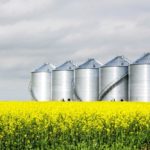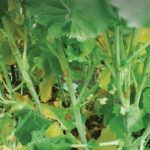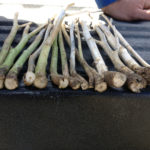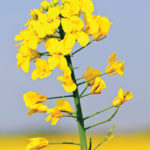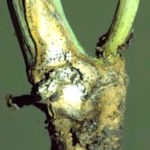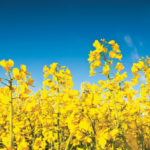The canola industry has agreed to voluntarily enhance blackleg resistance labels on canola seed. Seed companies will still use the current R, MR, MS, and S labels. But they will also start adding information indicating which major genes are present in a blackleg-resistant variety. Each blackleg-resistant variety leans heavily on a single major gene for […] Read more



